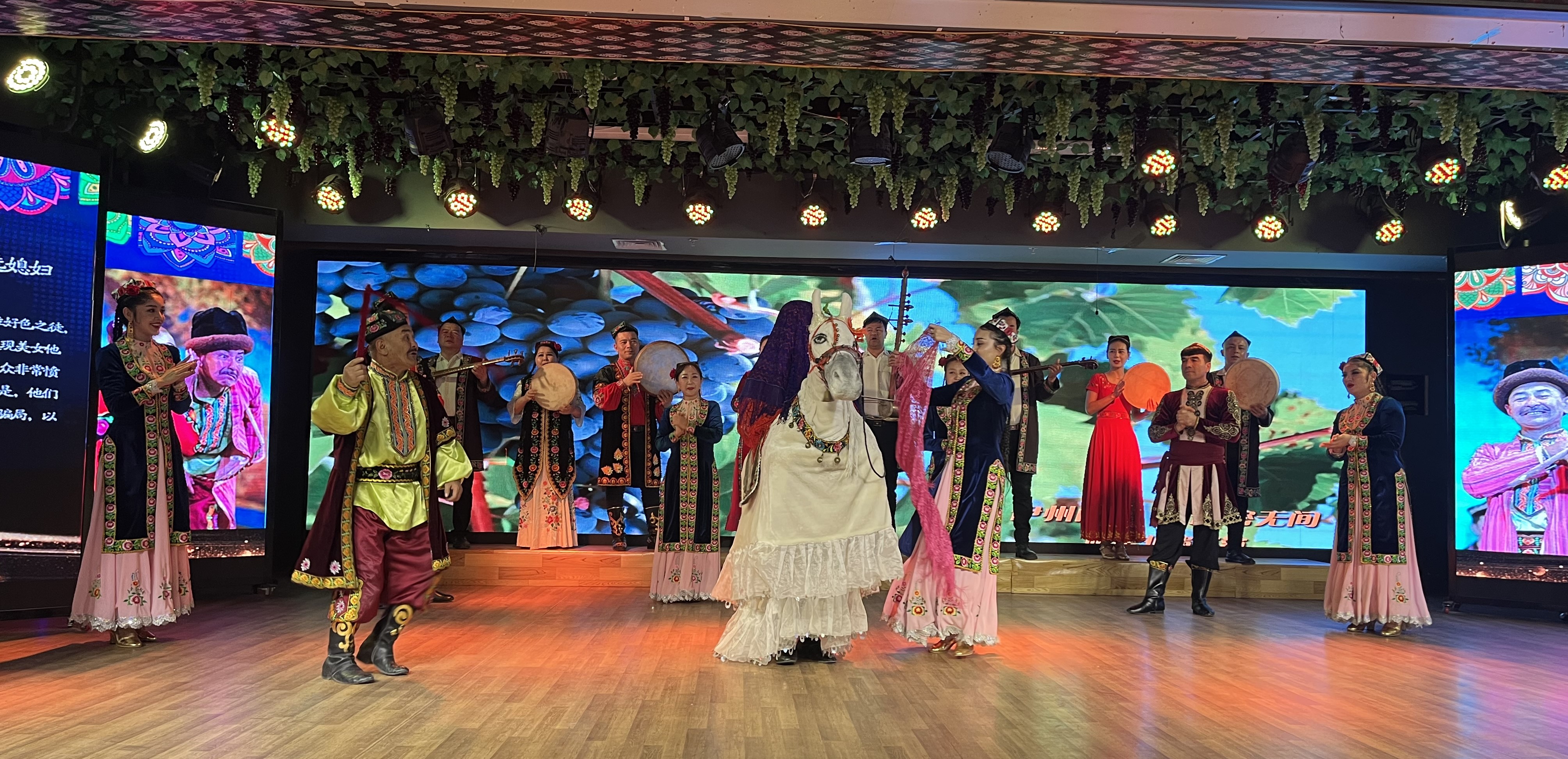Xinjiang Harnesses Sci-tech for Prosperity
By LI Linxu
From rural revitalization to industry modernization, Xinjiang Uygur Autonomous Region is unleashing the power of sci-tech innovation to spur its high-quality development.
Beefing up R&D investment
In recent years, Xinjiang has continuously increased its spending on R&D. Latest statistics show that in 2022, Xinjiang's R&D investment reached 9.1 billion RMB, up 16.2 percent year on year, registering double-digit growth for two consecutive years.
Wumanjiang Elly, president of Xinjiang Normal University, is one of the beneficiaries of such investment. Last year, he was listed as one of Xinjiang's leading talents and received fund support.
"Only through sci-tech innovation can we make the cake of industries bigger," Elly told S&T Daily, adding that he is doing his own bit in the field of fine chemicals.
Focusing on eight industrial clusters, including renewables, new materials and green mining, Xinjiang is rolling out a series of major sci-tech projects.
Empowering rural revitalization
Enterprises are playing a leading role in beefing up R&D investment.
Zhongtuo Biotechnology, a high-tech company in Yiwu county of Xinjiang, is stepping up the transformation efforts of R&D achievements.
"We have joined hands with relevant institutes for R&D of camel milk," said Zhao Junli, noting that through innovation, the company could increase the income of more than 10,000 herdsmen in the camel industrial chain each year.
"Scientific breeding of camels has made our wallets fatter," said Nurali Kasmu. Now, his camel farming cooperative raises about 900 camels a year and sells raw milk to Zhongtuo Biotechnology.
Ximen village, located in Tulufan city, is charging ahead on the road of rural revitalization. In recent years, the village has made great progress in improving grape varieties and planting techniques.
"Sci-tech support is indispensable for achieving rural revitalization," said Nie Zhaoyu, first secretary of the village's CPC branch.
Xinxing Hi-tech Agricultural Demo Zone, located in Xinxing city, is making a foray into high-end agricultural products, through introducing new varieties, new technologies, and new modes.

Artists perform Muqam in Hami Intangible Cultural Heritage Protection Center. (PHOTO: Li Linxu / S&T Daily)
Invigorating intangible cultural heritages
Modern technologies have also been widely applied to invigorate Xinjiang's intangible cultural heritage.
"Through modern technologies, visitors can experience the charm of intangible cultural heritage in a more tangible way," said Ranagul Gayit, narrator of Hami Intangible Cultural Heritage Protection Center.
Aixianmuhan Rouzi, the center's deputy director, said that the center is leveraging different kinds of modern technology, so that more people know about Xinjiang's intangible cultural heritages.
"Modern media has broken the inheritance barriers of intangible cultural heritages," said Mao Qiaohui, research fellow of the Chinese Academy of Social Sciences, forecasting that in the future, modern technologies will play a bigger role in the protection and inheritance of such heritages.







